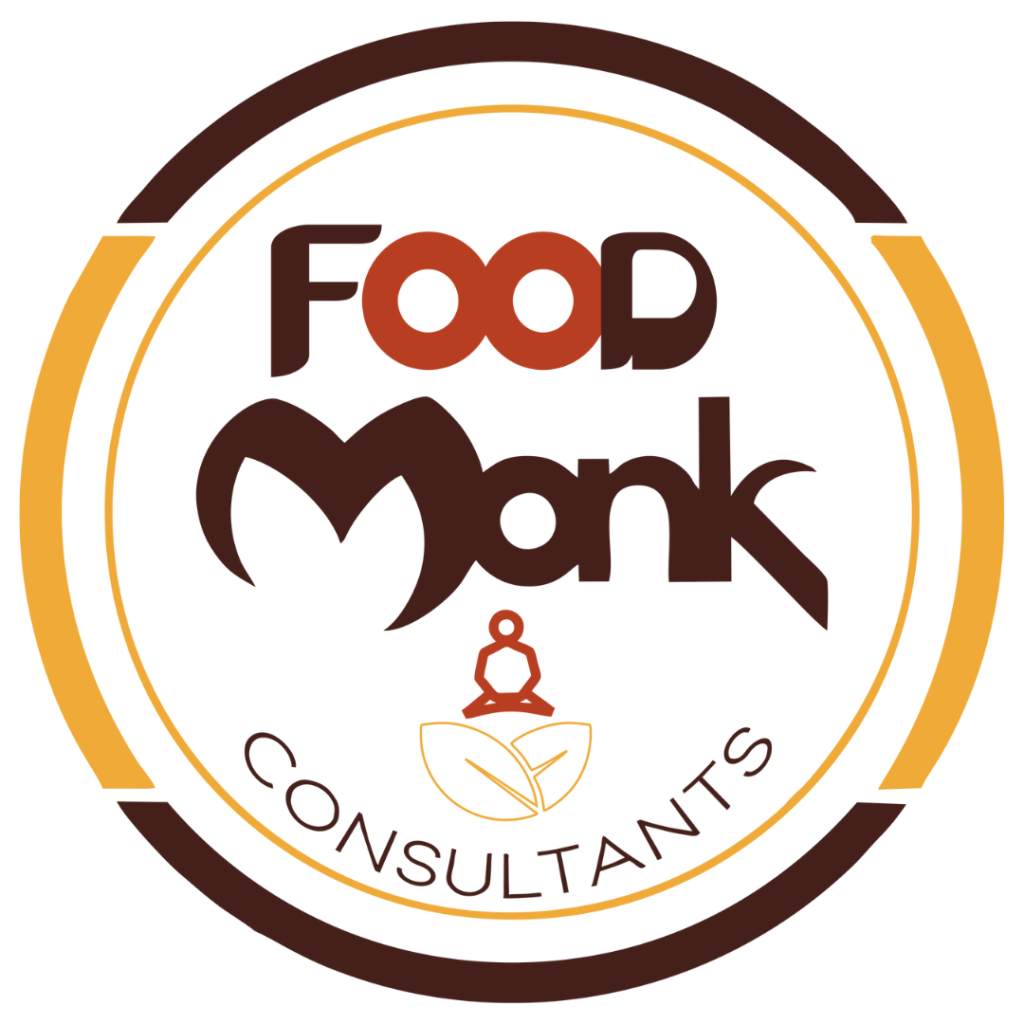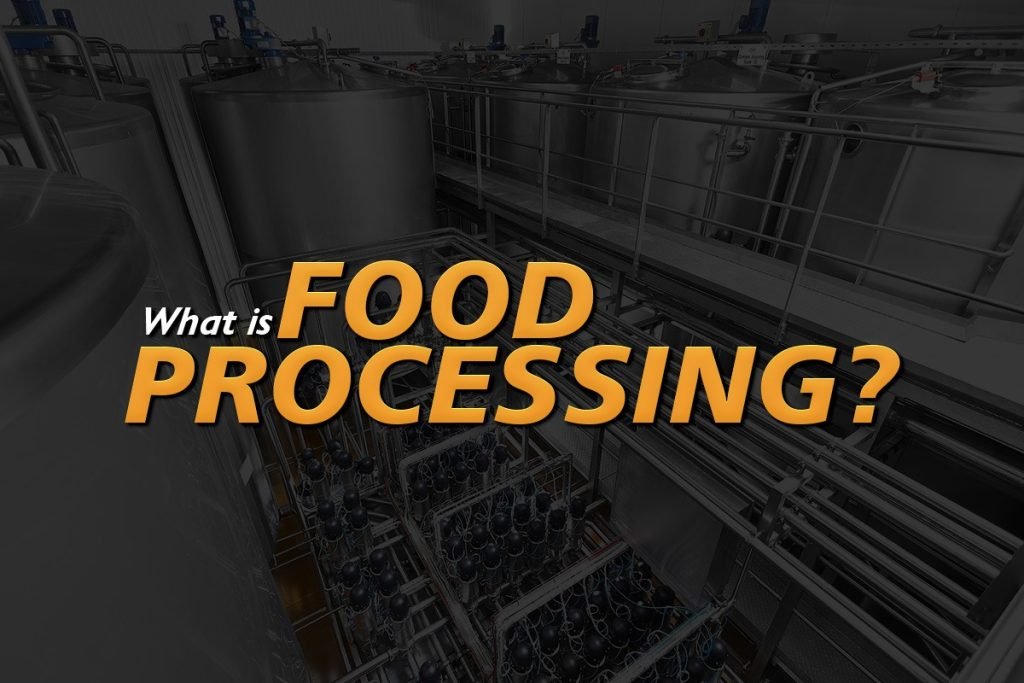When we sit down to enjoy a delicious meal, we rarely think about the journey our food has taken to reach our plates. Food processing is a crucial aspect of the modern food industry that involves transforming raw agricultural ingredients into edible and safe products. From harvesting and cleaning to packaging and distribution, the process plays a vital role in ensuring that we have access to a wide variety of convenient, nutritious, and tasty food options. In this blog post, we will delve into the world of food processing, exploring its significance, methods, and impact on the food we consume.
The Basics of Food Processing:
Food processing refers to any deliberate change applied to foodstuffs to convert them into consumable products. This can involve physical, chemical, or biological transformations that alter the texture, taste, appearance, or nutritional profile of the food. The primary objectives of food processing include preservation, enhancement of flavor, texture improvement, removal of toxins, and extending shelf life. It also aims to make food more accessible and convenient for consumers.
Different Techniques of Food Processing:
- Cleaning and Sorting: The initial step in food processing involves the removal of impurities, foreign objects, and any potential contaminants. This includes cleaning, sorting, and grading of raw materials such as fruits, vegetables, grains, and meats.
- Mechanical Processing: This involves physically altering the food’s texture or structure. Examples include cutting, grinding, milling, and pressing.
- Thermal Processing: Heat is used to achieve various objectives such as cooking, pasteurization, blanching, and sterilization. Heat treatment is one of the most common techniques used in food processing. It destroys harmful bacteria, enzymes, and other microorganisms while improving taste and texture. Cooking methods like boiling, steaming, baking, frying, and grilling are employed to enhance flavors and make food more palatable.
- Chemical Processing: Food additives like preservatives, flavor enhancers, and coloring agents are used to improve taste, appearance, and texture. However, it’s important to note that these additives are strictly regulated to ensure consumer safety.
- Biological Processing: Fermentation is a biological process that transforms food using microorganisms like bacteria, yeast, or molds. Common examples include cheese-making, bread fermentation, and pickling.
- Preservation :- Methods such as canning, freezing, drying, and fermentation help inhibit microbial growth, slow down spoilage, and maintain the nutritional value of food.
- Packaging: Packaging is a crucial part of food processing as it protects the food from contamination, extends shelf life, and provides information to consumers. Different types of packaging materials and techniques are used, including cans, bottles, boxes, and vacuum sealing.
Conclusion:
Food processing is an integral part of modern food production, enabling us to enjoy safe, nutritious, and diverse food options year-round. While it is essential to be mindful of the potential drawbacks of excessive processing and the use of additives, responsible and informed food processing practices contribute significantly to our overall well-being. By understanding the various techniques involved and making informed choices, we can appreciate the benefits of food processing while maintaining a balanced and wholesome diet.

